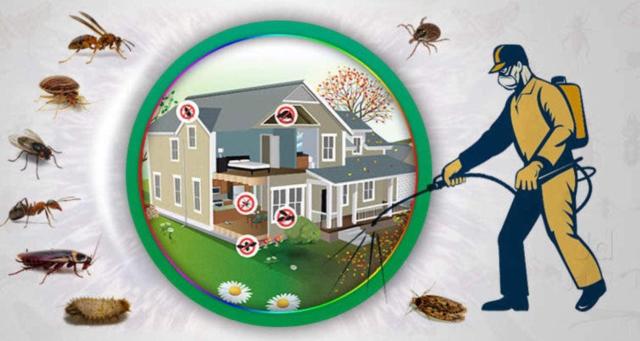Integrated Pest Management (IPM) is a holistic approach to managing pests using a combination of methods. It emphasizes the use of biological, cultural, physical, and chemical tools in a way that minimizes economic, health, and environmental risks. Revolutionize pest control with Integrated Pest Management, blending technology and strategy for proactive, sustainable solutions. IPM aims to control pest populations while reducing the reliance on pesticides.
The Principles of Integrated Pest Management
Integrated Pest Management relies on several core principles. First, it involves regular monitoring to identify pest problems early. This allows for timely intervention. Second, IPM employs a variety of control methods. These can include biological controls, like using natural predators, and cultural practices, such as crop rotation. Third, it prioritizes non-chemical methods before resorting to pesticides. When chemical treatments are necessary, they are used in a targeted, controlled manner.
Benefits of Using Integrated Pest Management
One of the primary benefits of Integrated Pest Management is its focus on sustainability. By integrating various control strategies, IPM reduces the likelihood of pest resistance to pesticides. It also minimizes the negative impact on non-target organisms and the environment. Additionally, IPM can be more cost-effective in the long run by preventing severe pest infestations and reducing pesticide use.

Implementing IPM in Your Garden
To apply Integrated Pest Management in your garden, start with regular monitoring. Inspect your plants frequently for signs of pests or disease. Use physical barriers, like nets, to protect plants from insect damage. Introduce beneficial insects, such as ladybugs, which prey on harmful pests. Consider cultural practices like proper plant spacing and rotation to reduce pest populations. When needed, choose targeted chemical treatments that pose the least risk to the environment.
IPM for Commercial Agriculture
In commercial agriculture, Integrated Pest Management is crucial for maintaining crop health and maximizing yield. Farmers use IPM techniques to manage pests while adhering to regulations and minimizing pesticide use. This approach involves detailed pest management plans tailored to specific crops and pest issues. It also includes ongoing education and training for farm workers to ensure effective implementation.
The Future of Integrated Pest Management
The future of Integrated Pest Management looks promising with advancements in technology and research. Innovations in pest monitoring tools, such as remote sensors and drones, enhance early detection and management. Ongoing research into biological controls and alternative methods continues to improve the effectiveness of IPM strategies. As sustainability becomes increasingly important, IPM will play a key role in developing environmentally friendly pest management solutions.
Conclusion
Integrated Pest Management is an effective, sustainable approach to controlling pests. By integrating multiple strategies, IPM offers a balanced solution that minimizes risks to health, the environment, and economic resources. Whether in gardening or commercial agriculture, adopting IPM practices can lead to healthier plants, reduced pesticide use, and a more sustainable future.
